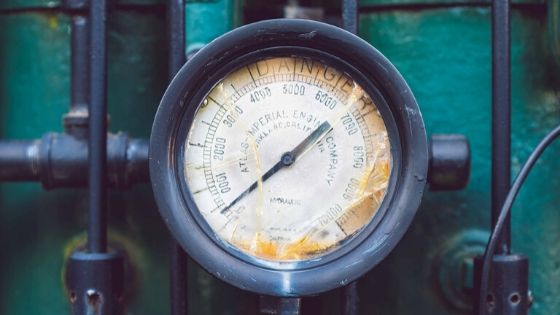A flow meter is a piece of equipment or device used to gauge the flow rate of gases, liquids, or solids. Flow meters can measure flow rates on a weight basis, volumetrically, or linearly. There are many things to consider when choosing a flow meter for your desired flow application.
It includes the plant site, failure history, accuracy, maintenance, and many more. Different kinds of flow meters are suited for various applications, and relying upon the necessity, a rigorous selection of flow meter is made.
For instance, turbine meters can’t measure the flow of corrosive or unclear liquids. For a little help, we’ll walk you through several types of flow meters and their correct applications. Take a read!

Contents
Mass Flow Meters
Mass flow meters provide an estimate of the flow rate by gauging the mass of the liquid or gas traversing through them. These meters are typically used in chemical industries where weight-based measurement is critical.
Coriolis and thermal meters are well-known examples of mass flow meters. Coriolis flow meters apply the Coriolis principle wherein the liquid or gas flowing through the vibrating pipe creates a change in amplitude, phase shift, or frequency, providing a flow rate measurement.
On the other hand, the fluid flowing in thermal flow meters cools the probe. Take note that the probe is preheated to a certain degree. The heat loss will then be used to know the flow rate.
Positive Displacement Flow Meters
This type of flow meter measures the rate at which the fluid will be flowing by gauging the fluid’s volume. The measurement process entails trapping the liquid into a container or vessel to determine its flow rate.
This process is very much alike when we fill a bucket with water up to a certain level, after which it’s set aside to flow out. Positive displacement flow meters can gauge meager flow rates or intermittent flows and are fitting for any liquid regardless of their density or viscosity.
These flow meters are known to be robust and sturdy because they are unaffected by or impervious to the turbulence in the pipe. Helical gear meter, Rotary piston meter, Reciprocating piston meter, and Nutating disc meter fall under this category.
Velocity Flow Meters
These meters provide the estimate of the fluids’ flow rate by calculating the velocity of the fluid flowing through them. In this flow meter, the fluid’s velocity provides a straightforward measure of its flow rate because they’re relatively proportional to each other.
Users can gauge the velocity of a fluid in different ways, wherein the use of turbine meters are an example. There are different types of velocity meters, such as multiple jet meters, single jet meters, paddle, propeller meters, pitot tube meters, vortex shedding meters, and turbine meters, relying upon the method used to determine the velocity.
Open-channel Flow Meters
These flow meters are utilized to gauge the flow rate of a fluid. However, the flow path entails a free surface. Flume and weir flow meters are popular open-channel meters that use devices such as float or bubblers to calculate the depth of the fluid at a determined point. And from this depth, users can get the flow rate of the liquid.
Differential Pressure Flow Meters
In this type of flow meter, the flow is gauged by calculating the drop in pressure as the liquid flows or moves through the inserted obstructions. As the flow of the fluid in the pipeline increases, there’ll be more pressure drop across the constriction.
Differential pressure flow meters then records these drops in the pressure. As such, users can measure the flow rate as it will be equivalent to the square root of the pressure drop.
Popular examples of differential meters are rotameter, laminar meters, venturi meters, cone meters, dall tube meters, target meters, elbow tap meters, pilot tube meters, flow tube meters, flow nozzle meters, and orifice plate meters.
Optical Flow Meters
Optical meters use the Optics principle, wherein they calculate the flow rate through light. Usually, they use a set-up involving photodetectors and a laser beam. In this flow meter, the gas particles traversing through the pipe spread the laser beam to create pulses, which are then obtained by the receiver.
Moreover, because optical flow meters measure the speed of the gas particles, they are unaffected by the variations in gas flow and thermal conditions. Therefore, they’re able to provide precise flow data even if the environment is unfavorable.
Takeaway
Through the use of different flow meters, flow measurement of gas, liquid, or solid is accomplished. Solids are typically measured through weight-basis meters. Liquids can be measured through their volume or weight. Gases are generally measured through their volume.
Mass flow meters, Positive Displacement flow meters, Velocity flow meters, Open-channel flow meters, Differential Pressure flow meters, and Optical flow meters are some of the many types of flow meters available today.
Author Bio
 Slyvia Hopkins is a writer and blogger. She can be found writing content about flow measurement and technology. Sylvia enjoys her free time seeing live music, biking, and fishing.
Slyvia Hopkins is a writer and blogger. She can be found writing content about flow measurement and technology. Sylvia enjoys her free time seeing live music, biking, and fishing.
Related Post
